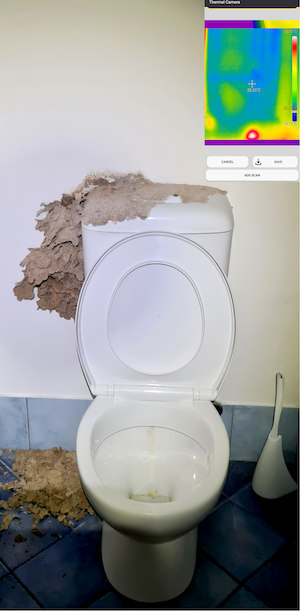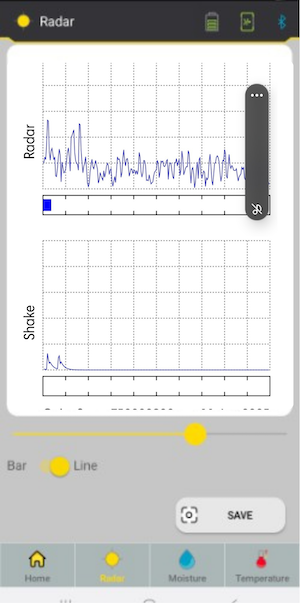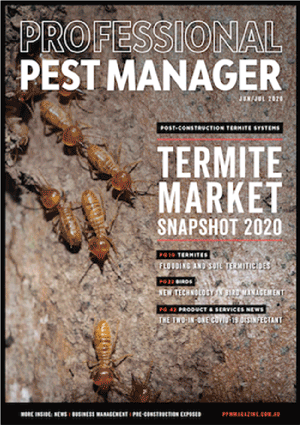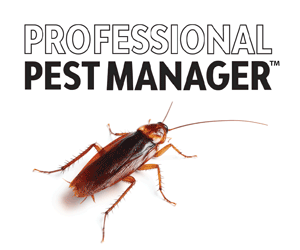Josh Turner, owner and operator of Turner Pest Control, South Australia, shares his experience of using Termatrac devices.
About Termatrac
For over 34 years, Termatrac has been dedicated to developing reliable detection technologies that support the needs of pest control and building professionals. Termatrac devices are used in 66 countries with support provided for multiple languages. Its latest device, the iTraker Pro, combines a radar motion sensor, moisture sensor and temperature sensor/probe with comprehensive thermal imaging to provide clear, non-invasive readings that effectively identify potential issues.
Over the two decades I’ve been working in the pest control industry, I’ve used all three versions of Termatrac’s termite detection devices. I’m very impressed with how far the technology has come; I can confidently say the advancements in their technology have been nothing short of remarkable.
A recent case in Golden Grove, South Australia, highlighted just how essential the latest Termatrac iTraker Pro is in the field. The homeowners noted termites in a bedroom wall backing onto a bathroom/toilet. Active termites were noted inside the wall cavity framework, with movement picked up by the Termatrac iTraker. Visual signs on the bedroom wall were evident, and the client noted small mud dots on the wall in the bedroom and a large area of mudding on the toilet itself.

Detector detected movement
I started by walking the exterior perimeter to see if there were any trails on the concrete slab. There were no trails at all on the exterior slab edge and the slab edge was above standard at 100 mm. I then started the inspection inside the property. I went up into the roof and noted that no nest was visible and no major termite damage had occurred in the roof. I then headed back down the ladder and proceeded to inspect the bedroom wall using the iTraker detector. After 45 minutes of tracking the termites’ movements through the wall, I managed to track them to the pipe penetration on the bottom of the toilet.
I believe the nest was starting to form in this area due to the moisture from the toilet, especially given the extended dry period we’d had in South Australia at the time. During the inspection of the surrounds, no subsequent nest was found – it may have been under the slab, in an old tree stump or tree roots.
Without the Termatrac iTraker, it would have been near impossible to establish where the termites entered, and much harder to treat the termite issue. The active areas were treated using fipronil dust that was applied in the galleries and active areas. I have always been a firm believer in the effectiveness of chemical treatments due to their longevity and quick results.
Due to the entry point being noted at the pipe penetration of the toilet, a drill and injection treatment was carried out to all penetrations as the client was planning to undertake renovations in the near future. I made the suggestion to install pipe penetration collars when the bathrooms are renovated.

On the follow-up inspection, the iTraker again proved invaluable. It was very handy to double check that the treatment had been successful, and the termites had not just moved to another area. I believe colony elimination was achieved as the follow-up inspections using the iTraker noted no further movement in the areas and surrounding areas. The borescope was also very handy in this situation as we could see into the wall cavity to note that no further activity was present.
I would highly recommend Termatrac’s detection device to anyone in the pest control industry. I believe it’s an essential tool to have in your inspection toolkit.
Highest quality inspections
Termatrac’s focus is on improving the accuracy and efficiency of pest control inspections, helping professionals carry out their work with greater confidence. Termatrac devices are engineered for confidence in every inspection, creating customer trust, and improving the overall standard of pest detection and reporting.


